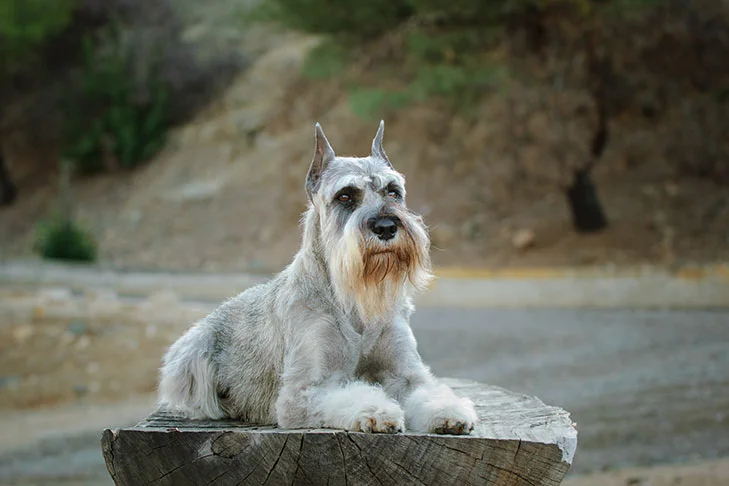The Standard Schnauzer is a bold, bewhiskered farm dog from Germany. They are medium-sized Schnauzers, who can be stubborn at times but are always dependable. The athletic appearance of the Standard is a canine classic. The Standard Schnauzer is a medium-sized dog that weighs between 35 and 45 pounds. It is larger than Miniatures but smaller than Giants. Schnauzers of all sizes have numerous breed characteristics in common: a wiry, tight-fitting coat of pure black or ‘pepper and salt’; a muscular, square-built frame; and an elongated head with arched eyebrows and bristly whiskers framing eyes shining with sharp intelligence. Standards are friendly companions, vigilant watchdogs, and ardent backyard squirrel chasers. They are also good with children and protective of their owners. Standards train wonderfully when approached with a firm yet gentle touch. Owners must give outlets for their dog’s high-energy athleticism and acute senses.








 Health
Health Grooming
Grooming Exercise
Exercise Training
Training Nutrition
Nutrition